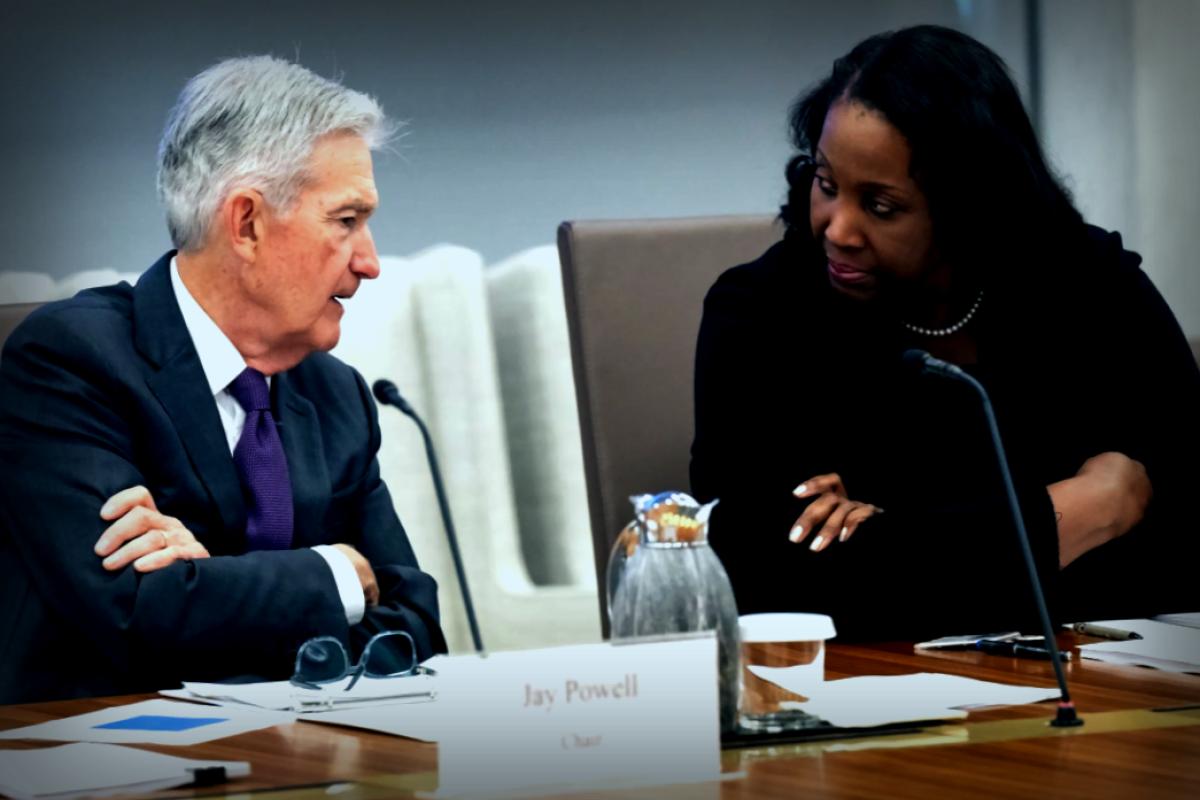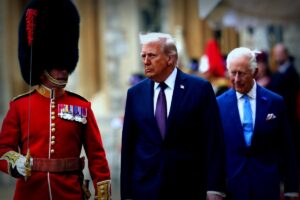On Wednesday, Jerome Powell, the chair of the Federal Reserve, revealed that the central bank is making a significant move by slashing rates. This decision comes in the wake of President Donald Trump’s efforts to alter the independence that the Federal Reserve has maintained for so long.
The Fed has decided to cut the interest rate by 0.25%, marking the first reduction since December of last year. This step is influenced by the ongoing rise in inflation resulting from Trump’s tariffs, which were fully implemented last month.
Historically, when inflation rises, the central bank tends to hike interest rates. However, it’s a balancing act since the Federal Reserve also has to keep unemployment levels down. Recent reports indicate that job growth has been disappointingly slow, complicating this balance.
All the while, Trump has been intensely challenging the Federal Reserve’s longstanding independence—something that’s been a fundamental principle of U.S. monetary policy.
This week, there was a significant ruling from the U.S. Court of Appeals for the District of Columbia, which put a halt to the Trump administration’s attempt to remove Lisa Cook from the Federal Reserve Board of Governors. A lower court had previously supported Cook’s position after Trump had sought to fire her following accusations made by Federal Housing Finance Agency Director Bill Pulte regarding false statements on mortgage stipulations.
Additionally, the Senate has recently confirmed Stephen Miran to the Board of Governors, despite his dual role as the chairman of the Council of Economic Advisers, raising eyebrows about potential conflicts of interest.
This pivotal moment reinforces the complex relationship between fiscal policies and governmental influence, illustrating the challenges both the Fed and organizations like it face in preserving their autonomy while responding to current economic climates.




















